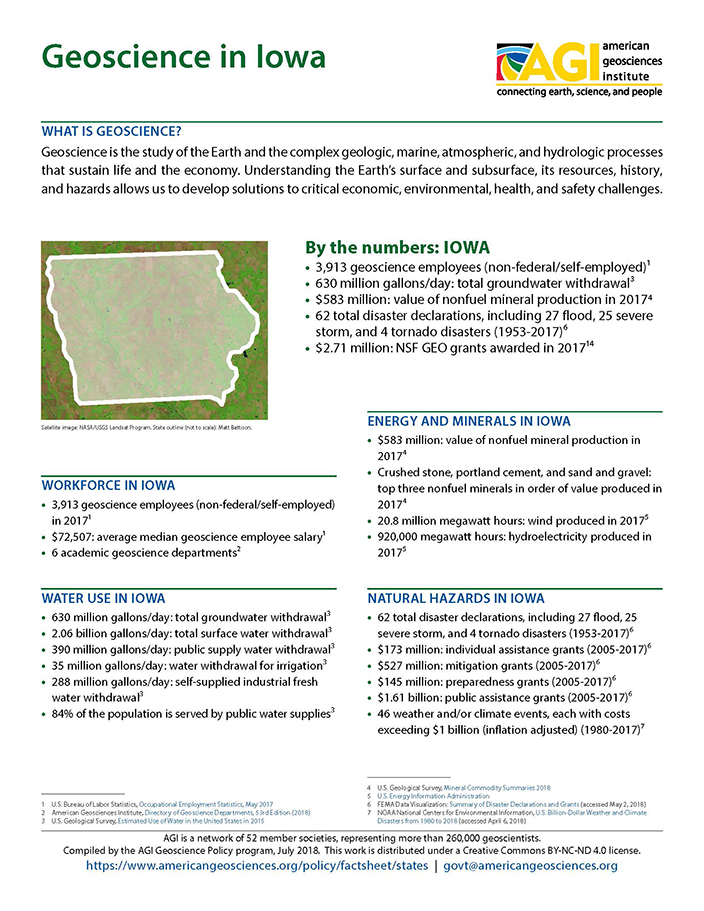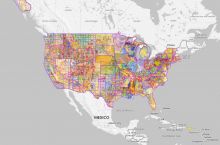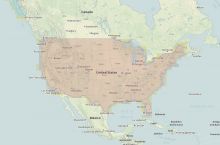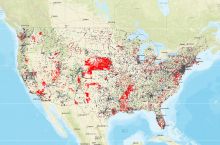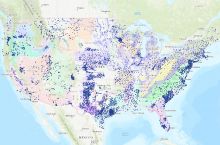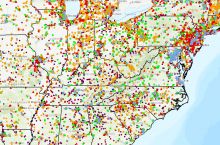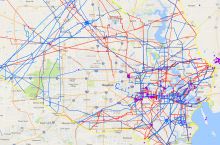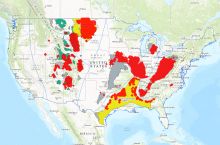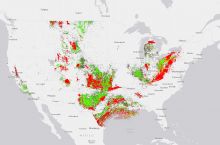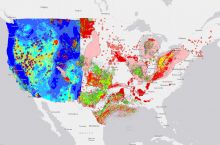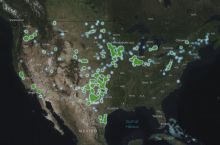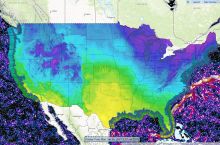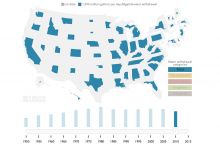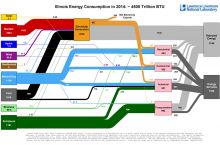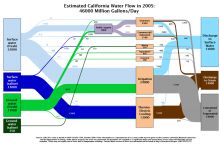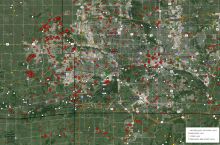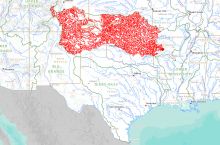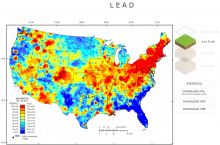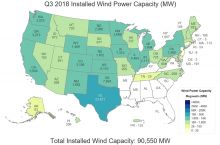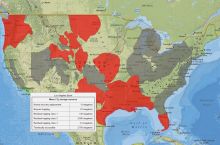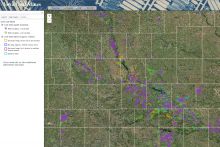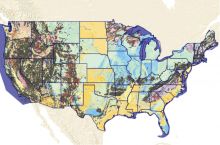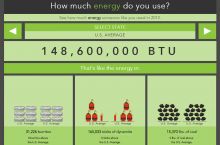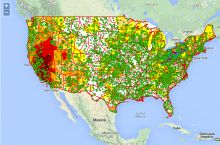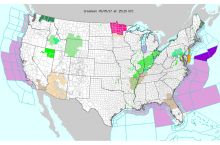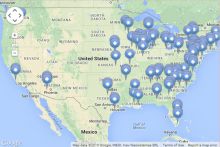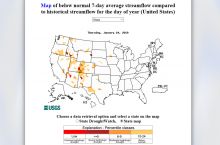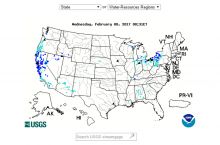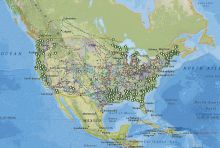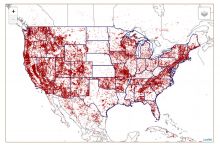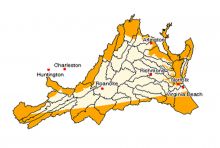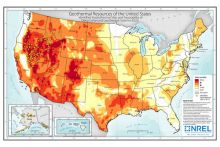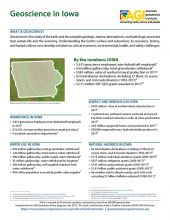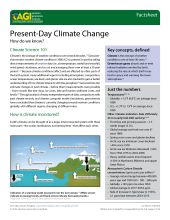By the numbers: Iowa
- 3,913 geoscience employees (excludes self-employed)1
- 630 million gallons/day: total groundwater withdrawal3
- $583 million: value of nonfuel mineral production in 20174
- 62 total disaster declarations, including 27 flood, 25 severe storm, and 4 tornado disasters (1953-2017)6
- $2.71 million: NSF GEO grants awarded in 201714...
Agencies Working on Geoscience Issues in iowa
The Iowa Department of Natural Resources manages fish and wildlife programs, ensures the health of Iowa’s forests and prairies, and provides recreational opportunities in Iowa’s state parks. Just as importantly, the DNR carries out state and federal laws that protect air, land and water through technical assistance, permitting and compliance programs. The DNR also encourages the enjoyment and stewardship of natural resources among Iowans through outreach and education.
The Iowa Geological Survey plans and implements programs that result in the acquisition of comprehensive information on the mineral and water resources of the State, with emphasis on water supply developments and monitoring the effects of environmental impacts on water quality.
The Iowa Homeland Security and Emergency Management Department leads, coordinates, and supports homeland security and emergency management functions in order to establish sustainable communities and ensure economic opportunities for Iowa and its citizens. Emergency management activities related to the geosciences include preparedness for and response to floods, tornadoes, snow storms, and other natural hazards.
The Iowa Mines and Mineral Bureau is housed within the Iowa Department of Agriculture. The Bureau handles abandoned mine land reclamation, as well as regulation, licensing, permitting, and bids for coal and mineral resource projects.

